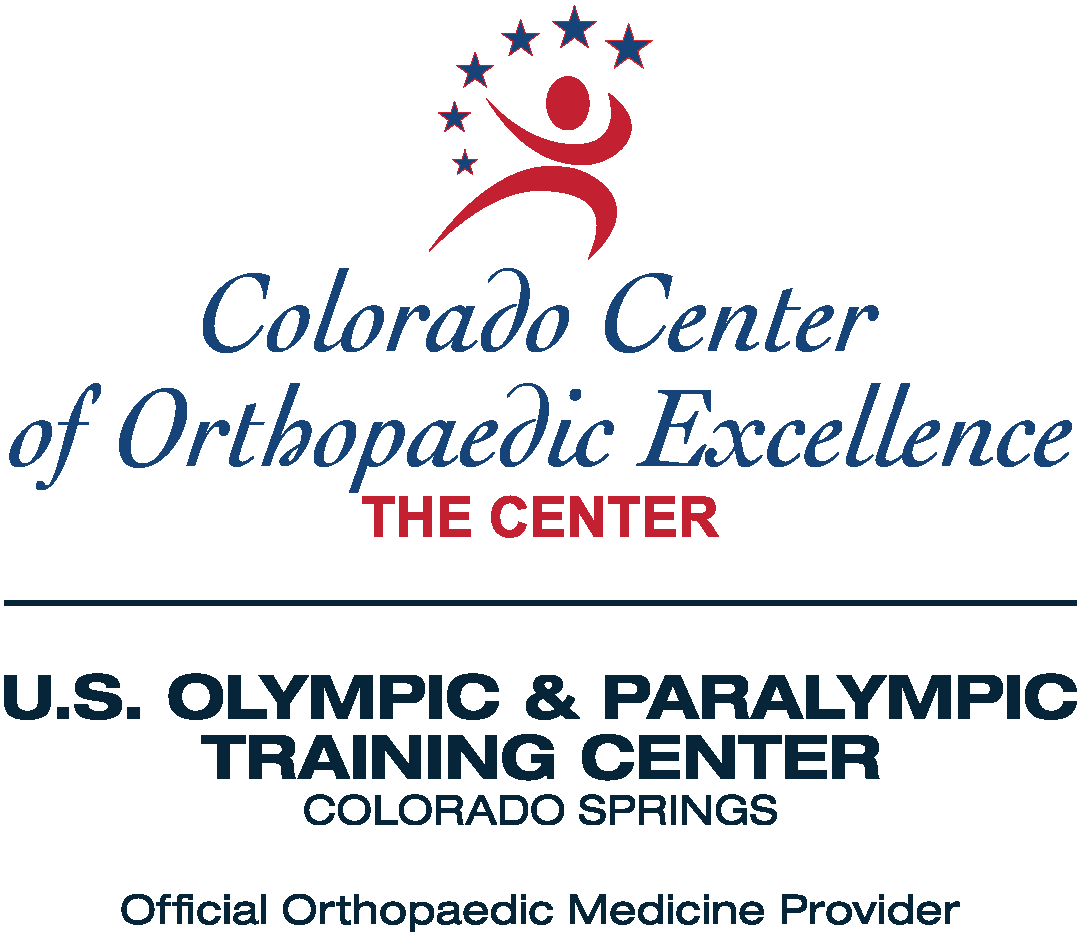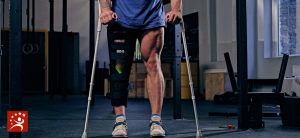Joint replacement, or arthroplasty, has helped millions of people by restoring pain-free movement and range of motion to severely damaged and painful joints. Most of the time, people undergoing joint replacement surgery have osteoarthritis, caused by general wear and tear from years of use. In some cases, a joint replacement may be necessary due to the effects of an injury or degenerative condition. Joint replacement is major surgery that carries the risk of complications and requires significant time for recovery.
Effective alternative treatments may postpone or eliminate the need for surgery. Osteoarthritis pain is not always constant and can gradually worsen over time. If you are younger or have a condition that could complicate surgery, your best course may be to delay surgery as long as possible. Prosthetic joints may not last a lifetime. You could require revision or replacement of the implant. Before you have a joint replaced, these are some non-surgical treatment options to consider.
· Physical therapy – strengthening the muscles around your joint and gently increasing flexibility are among the many benefits of physical therapy. A physical therapist can also help you get used to moving in ways that do not stress your arthritic joints, while allowing you to maintain the activities you participate in for work or play.
· Weight loss – most joint replacement surgery is for hips or knees. These joints have the job of holding you upright when you stand, walk, or run. Even a little extra weight can put a great deal more pressure on these joints. Losing weight is a great long-term solution for reducing joint pain and slowing or preventing further damage.
· NSAIDs (non-steroidal anti-inflammatory drugs) – available over the counter, NSAIDs like ibuprofen and naproxen are reliably effective in reducing the swelling and pain of arthritis. These medications are considered to be safe, though there are some possible complications from higher doses or long-term use. Check with your doctor before taking them regularly. Some NSAIDs may interact with other medications.
· Steroids – though not a cure, corticosteroids are extremely effective in treating pain and inflammation in a damaged joint. Because of serious potential side effects and decreasing effectiveness after the first treatment, corticosteroids are only considered a temporary solution. However, the relief they provide can last months or even years.
· Braces or splints – depending on which joint is damaged, the use of an appropriate assistive device can allow you to carry on with your regular activities with little pain. Holding the joint immobile in combination with other treatments can give it a chance to heal.
· Supplements – medical evidence is lacking for definitive benefits of supplements like glucosamine and chondroitin, but there are numerous anecdotal success stories. Doctors generally agree that there is no harm in trying this kind of supplement but be sure to let your doctor know if you are taking them.
· Stretch – before playing sports or participating in another physical activity, take care to stretch and warm up. Preventing an acute injury to the joints can go a long way towards preventing arthritis in your future.
The orthopedic surgeons at Colorado Center for Orthopaedic Excellence diagnose and treat all kinds of joint conditions, and will look to non-invasive methods first before resorting to surgery – even in the case for a partial or full joint replacement. For expert and compassionate care in the Colorado Springs area, call (719) 623-1050 for an appointment today.







